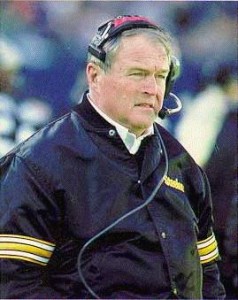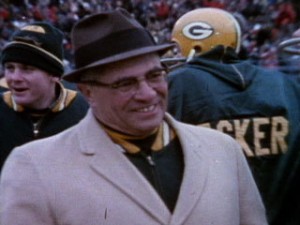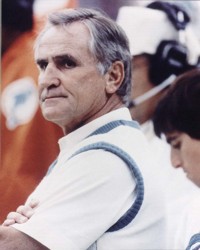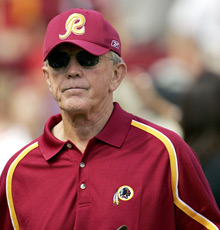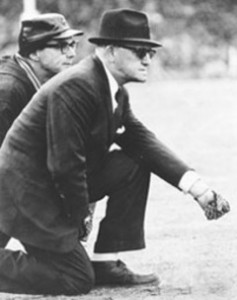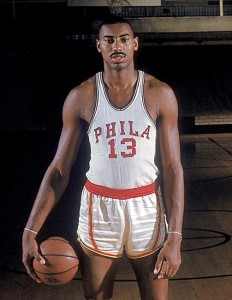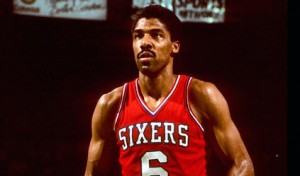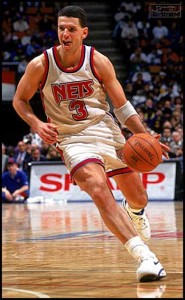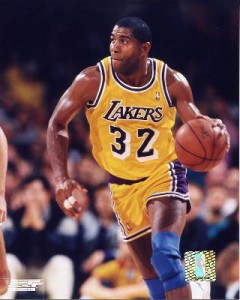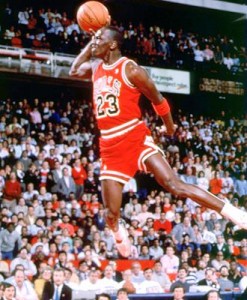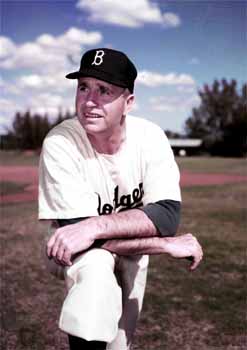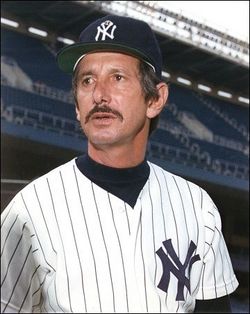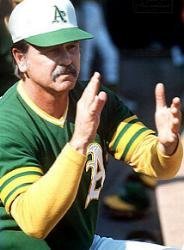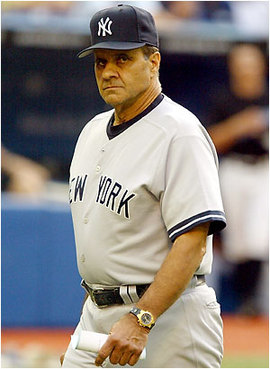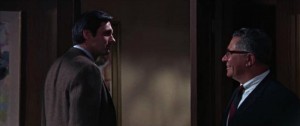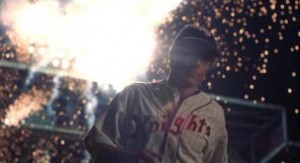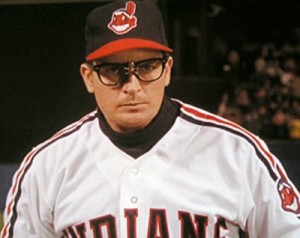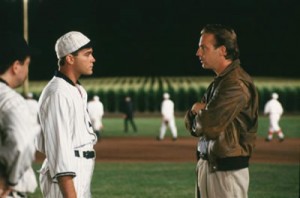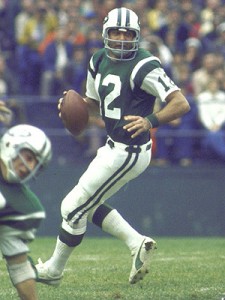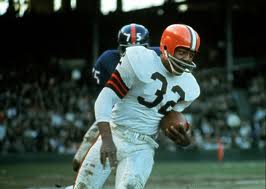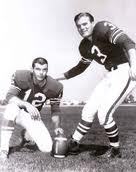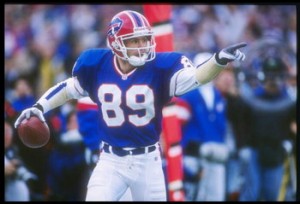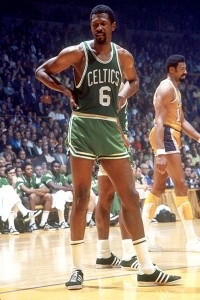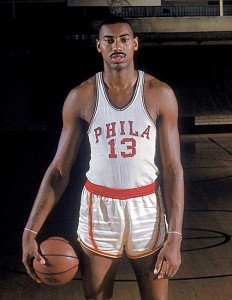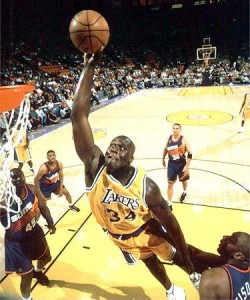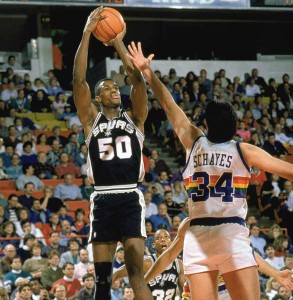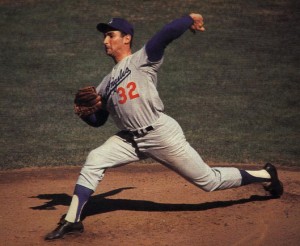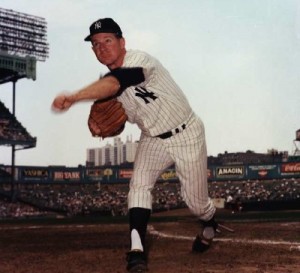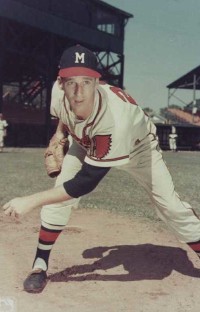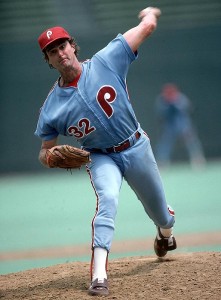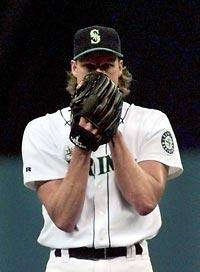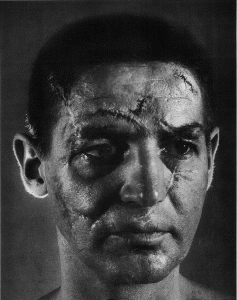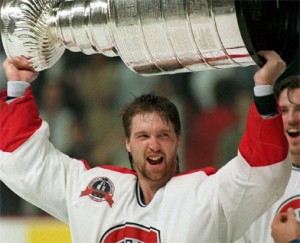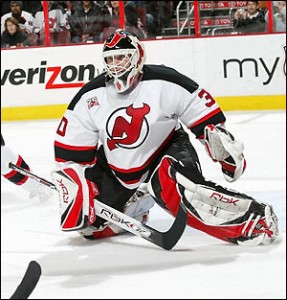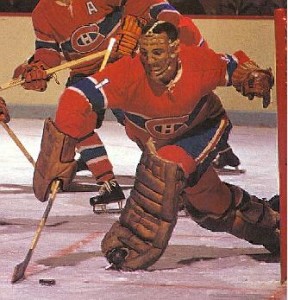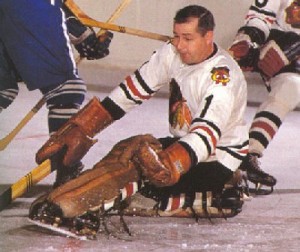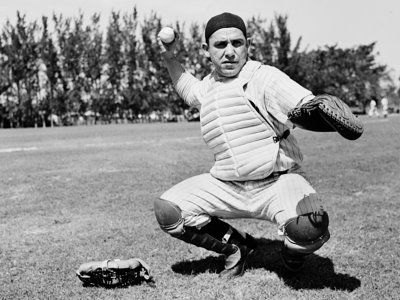Picking the top 5 NFL head coaches of all time was a difficult task, so difficult that what I wound up doing was splitting the list into two categories. There are some glaring names missing from this particular list, but that’s because even though those names, it could be argued, belong on this list, they were included, instead, on a future list of the 5 most innovative coaches of all time. Here are my choices for the best head coaches, in no particular order:
1. Chuck Noll – it’s hard to believe that a coach who guided his team to 4 Super Bowl titles in a decade would be underrated, but Noll never seems to get mentioned a lot when the greatest coaches are discussed. Those 4 Super Bowl wins, by the way, are more than any other coach in league history has. Noll coached the same franchise, the Pittsburgh Steelers, from 1969 until 1991, and the club was a perennial contender almost every year he led them. A lot of people don’t realize that the Steelers were the losingest team in the NFL when Noll took them over. He completely transformed the culture there, from a team with a rough-and-tumble (some would say dirty) defense but a losing mentality, into the most respected franchise in the NFL.
2. Vince Lombardi – like Noll, Lombardi took a team that was a loser and built them into an NFL dynasty that dominated the decade of the 1960s. Although he didn’t match Noll’s 4 Super Bowl wins, Lombardi’s Packers won the first 2 Super Bowls, and 3 more in the early ’60s before the big game was played. Those Green Bay teams won 5 NFL championships in 7 years. Critics have said that anybody could’ve won with all the great players Lombardi had at his disposal, but I would counter that argument by saying that those players, like Bart Starr, Max McGee, Ray Nitschke, Jim Taylor, Willie Davis, etc. reached greatness BECAUSE of Lombardi.
3. Don Shula – he’s the winningest coach in NFL history, and his teams in Baltimore and Miami were annual contenders. Shula’s 1972 Miami Dolphins are still the only team in league history to complete a regular season and playoffs undefeated. He was a master of molding his teams into winners based on whatever type of roster he had – winning with great quarterbacks like John Unitas and Dan Marino, with journeymen QBs like Earl Morrall and David Woodley, and with a punishing running game coupled with a stifling defense like his two-time Dolphin Super Bowl-winning teams. Former Houston Oiler coach Bum Phillips once paid Shula this down-home tribute: “He can take his’n and beat your’n, and take your’n and beat his’n.”
4. Joe Gibbs – he recently came out of retirement to coach his old team – the Washington Redskins – and that didn’t work out well, but in his original 12-year stint as coach, he guided the ‘Skins to the playoffs 8 times and to the Super Bowl 4 times, winning 3 of them. His legacy is his ability to build winning teams without superstar players. His quarterbacks for the 3 Super Bowl wins were Joe Theismann (a “too short” CFL reject), Doug Williams (a flop in Tampa Bay) and the ultimate journeyman QB, Mark Rypien. Gibbs’ career is a lesson for NFL owners in showing patience, as the ‘Skins started out 0-5 in Gibbs’ first year in 1981.
5. George Halas – “Papa Bear” was much more than just a coach – he was a founder, president, owner – the face of the Chicago Bears franchise for decades. He won 6 NFL championships in 4 different decades, a tribute to his longevity in the game. It was Halas’ record for most career wins that Shula broke late in his career. He was a charter member of the Pro Football Hall of Fame in 1963, and actually coached the Bears to the NFL title that year. The NFC Championship Trophy is named for him. Overall, he was a part of the game for 63 years, 40 as a coach.
